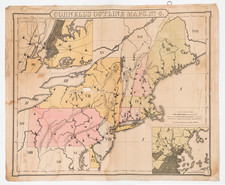Decorative lithographic bird's eye view of Greene, New York, published by Lucien Burleigh.
The view includes a legend identifying a number of residences, commercial establishments, and churches.
Greene, New York, has roots that trace back to 1785 when land was purchased from the Oneida and Tuscarora peoples. The Oneida community remained in the area until around 1812. The first outsider settled in what would become Greene village in 1792, marking the beginning of its transformation.
Originally named Hornby, the town was renamed Greene in honor of General Nathanael Greene, a hero of the American Revolution. Greene was officially formed from parts of Bainbridge and Union (Broome County) in 1798, with additional land added from Bainbridge in 1799. The town's boundaries changed over time, with portions contributing to the formation of Coventry in 1806, Smithville in 1808, part of the town of Barker in 1840, and a section added to Coventry in 1843.
In 1842, the village within the town, also named Greene, was incorporated. During the Civil War, about two dozen men from Greene enlisted, contributing to the Union's efforts.
The Chenango Canal, established in 1837, played a crucial role in the town's commercial development until it was superseded by the railroad.









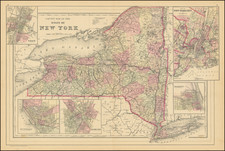
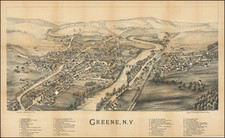
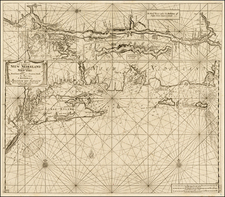
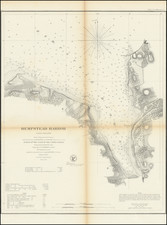
![[Pennsylvania, New Jersey, New York ] Speciel Land Charte von Pensilvanien, Neu Jersey, Neu York und von denen drey Land-schafften an dem Delaware Fl. In America in Englischer Spr. gedruckt A. 1749 In Europa duffgelegt in Teutsch Spr. zu Francfurt am M. A. 1750.](https://storage.googleapis.com/raremaps/img/small/51958.jpg)
